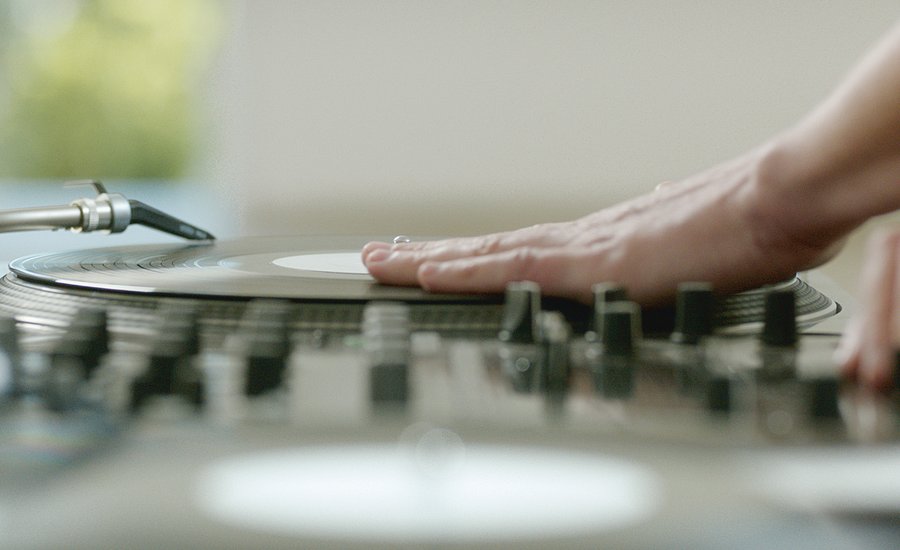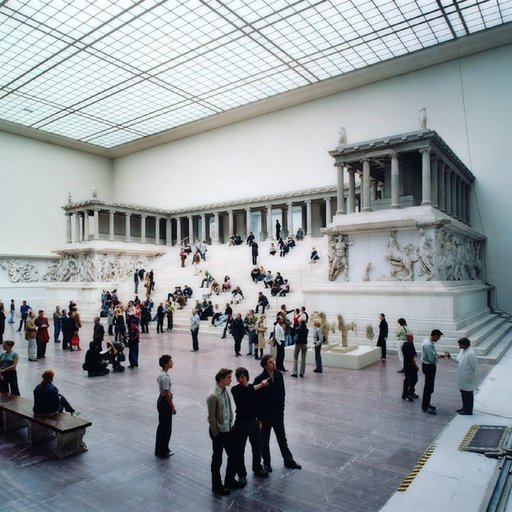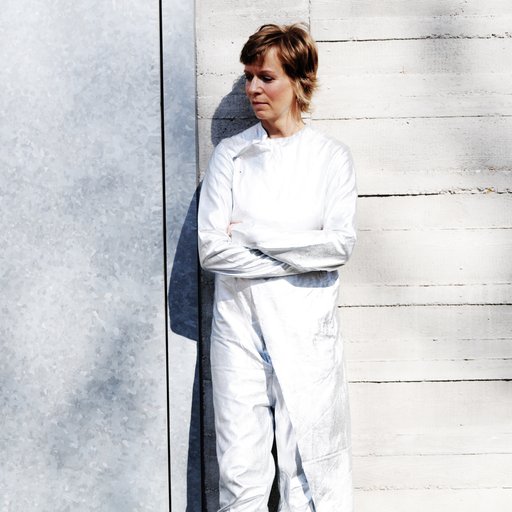The Albanian-born, Berlin-based video and installation artist Anri Sala is currently the subject of a solo show at the New Museum (on view through April 10). In this poetic, highly personal essay excerpted from the upcoming Sala monograph Answer Me(out next month via Phaidon and the New Museum), the British artist and filmmaker Tacita Dean describes the confluences of music and history that inform Sala’s diverse body of work.
My childhood bathroom was under the eaves of an old English country house in Kent. Eaves, we were told, that were so ancient that they had provided shelter for Londoners fleeing the city from the Great Plague in 1665. Every Sunday evening I would lie in the bath looking up at those dusty oak stanchions listening to Radio 1’s “Top Twenty,” the weekly hit parade that counted down to the number one best-selling single at seven o’clock. Faint but resolute, beneath the strains of ABBA or the Osmonds, was always a distinct but distant refrain: eight notes repeating, a ghostly signal intruding from elsewhere, “dum dum dee-dum dum dee-dum dum.”
Years later, for a work I was making about crossing the English Channel in order to find home, I tried to trace that haunting call. Delving into 1970s shortwave-radio arcana, I eventually received a very precise communication from Noel Edmonds, one of the most popular Radio 1 disc jockeys from that time. Yes, he said, in the southeast on 247 meters, a few minutes before seven in the evening, prior to the 1977 frequency change, something could be heard: a call sign from the Eastern Bloc. He remembered it particularly because in the early ’80s he once asked a crew member from Monitor magazine when they were having coffee and was told that it was the call sign of Radio Tirana from Albania. “It was an eight-note trumpet fanfare sound,” he wrote, “a sort of dum dum de-dee-dum de-dee dum.” Nearly nothing came out of Albania to the West at that time, so it is no surprise that Noel Edmonds should remember that it was Radio Tirana. It was equivalent to hearing the mysterious heartbeat of an unseen yet known-to-exist sea creature from the deep ocean that occasionally gets picked up by oceanographic surveillance equipment. Albania was a country completely removed from Western sight—even somewhat forgotten within the Eastern Bloc itself.
In 1974, Anri Sala was born, I was in my bath, and his mother was one of the leaders of Albania’s Communist Youth Alliance. When he played her the signal, she recognized the tune of “With Pickaxe and Rifle” immediately and even partly remembered its lyrics and refrain: “de-dum dum dee-dum dum dee-dum dum.” For an artist beguiled by echoes, acoustic vibrations, and radio frequencies, there is something particularly resonant about this call signal from Anri’s past and how it connects through time, memory, and the airwaves to his mother and his mother country.
An interval signal is an assertion of radio occupancy in absentia; it is taking up a notional space with sound—not continual sound as that would be transmission, but sporadic sound. For the many accidental listeners tuning in without deliberation, it becomes sound without context, without narrative: bursts of discontinuity. For those that know, it is about recognition. Shortwave radio in its analogue form was an ethereal place of great mystery. Before I learned that my distant hit-parade signal was Radio Tirana asserting its broadcast frequency—or perhaps existence—to the ether, I imagined it was most likely to be a numbers station. Numbers stations were the untraceable transmissions of espionage: sonic codes and bizarre recitations sent by spies in one direction using numbers, letters, and sometimes bars of music—a frequency landscape of aerial ciphers.
Driving in Arizona, Anri Sala entered a vast rest area. He had been listening to baroque music on his car radio, but as he circled the location, possibly trying to find somewhere to park or more likely out of sheer exuberance at the scale of the place, he noticed that the two walls of trucks parked in the rest area’s center were affecting his radio signal. The baroque music was suffering interference, becoming intermeshed with the continuity announcer from Arizona Public Radio, country-and-western songs, and what appeared to be piano Muzak. Alerted to the possibility of the situation, Anri drove around and around the trucks in ever-increasing circles recording the experience on a new digital camera that he’d just acquired that very day in a mall. What was happening was cross transmission, known later to Anri as spurious emission. The block of trucks was confusing the frequencies within the bandwidth. Returning home, he made the video into Air Cushioned Ride (2006), naming it after the words printed along the side of the truck at the end of the line. Sometimes works we find by chance can be the most instructive of all.
Later he invited the arranger Rainer Korf to transcribe into a musical score everything he could hear on the soundtrack from Air Cushioned Ride. Through the careful act of listening, Korf was commissioned to concentrate on every sound and non-sound: each interference, deflection, and pause, detaching it from context and meaning and without recourse to any knowledge of its original sources.
The resulting score for A Spurious Emission (2007) is a composition for piano, harpsichord, violin, viola da gamba, double bass, drums, banjo, acoustic guitar, electric guitar, and voice—both male and female, spoken and sung. Watching it being performed live, it acts as the perfect synthesis of the clash of sound, music, and memory that can still take form within the bandwidth of radio.
On July 20, 1974, George McCrae’s “Rock Your Baby” was about to enter its third week as the UK’s number one best-selling single. It was a landmark track of the new genre soon to be known as disco. We knew, even as children, of the capitalist reality of our music, which often came from America. We also knew about that other place, and our imaginations were forever fixed with intrepid wonder upon that ideological elsewhere. It was as if half the world was dark. Then, very occasionally, it would stir and send out a sign: “dum dum dee-dum dum dee-dum dum.”
There must have been great tonal beauty in the reduction of that patriotic communist song to indistinct interruption and spurious emission with “Rock Your Baby” or “When Will I See You Again” by the Three Degrees, which reached number one the following week. I never forgot it, nor did Noel Edmonds, nor the few others from the “Top Twenty” generation I have asked over the years that sat alone in their bedrooms on the south coast of England hearing it. It seemed that only in that otherworldly non-concrete space could sound trip upon sound, or song trip upon song. I see in Anri’s increasing preoccupation with musical utterance a connection with this intangible place but from the other side: his side. Too young to remember “With Pickaxe and Rifle” perhaps, but the frequencies are still in the air around him, invisible but busy.
























